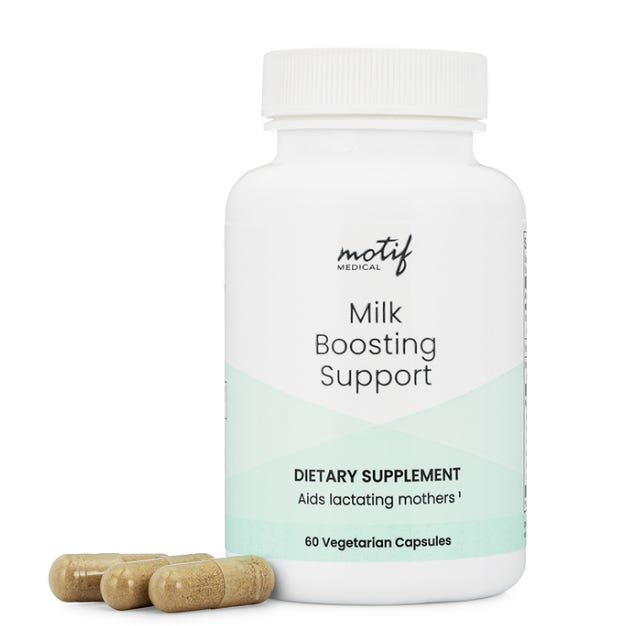"Tandem breastfeeding" refers to breastfeeding both both a new baby and an older child (who may also still be a baby, just from a separate pregnancy.) Mothers around the world feed their children of different ages, and can do so simultaneously. It's very much a personal decision, so let's discuss it in more depth so you can make an informed decision!
Like most things, there are pros and cons, and every dynamic will be slightly different. Some of the most common concerns are listed below.
- Milk production and supply
- Transitioning into a new dynamic and lifestyle of breastfeeding for two
- Worry about health risks / preterm delivery (if you breastfeed through pregnancy)


Common Concerns
While some mothers wean when they find out they are pregnant again, many choose to continue breastfeeding throughout their pregnancy and tandem feed upon delivery. They may also temporarily wean during pregnancy, but decide to tandem feed once they have delivered.
Benefits of Tandem Breastfeeding
Because the breasts respond by demand and stimuli to produce milk, breast milk supply will be positively impacted by the number of “customers” at the breast, much like having multiples and being able to breastfeed twins and triplets. While some worry the older sibling may be taking away milk meant for the new baby, its actually telling the body to produce more.
Having a veteran nursling may also help prevent engorgement during the earlier weeks as the newborn baby learns to suckle effectively.
Of course, when we think of breastfeeding, we often think of bonding. Bonding is not just for mother-to-baby, but can applied the siblings, as well. The older sibling may have feelings of jealousy. Tandem feeding can create a space where its calm, nurturing, and warm, and can positively associate with the new sibling. It's also forcing the mom to sit and rest more.
The World Health Organization recommends breastfeeding or providing breastmilk for at least two years of life, in order to develop stronger, mature immune systems. Tandem nursing makes that possible for a baby even if there is a subsequent pregnancy.
Nutritional Value and Colostrum
For the first year, breast milk (or alternatives as needed) is the primary source of nutrition and calories, even after solid foods are introduced. Breast milk composition changes with over time. It starts as concentrated milk (colostrum), transitions into mature milk, with fluctuations in calories and nutritional values throughout the first 12 months.
However, when a subsequent pregnancy occurs, milk changes back to colostrum during the second trimester, about 4 months into the gestation. If still nursing an infant (under 12 months of age), its important to make sure weight gain and milestones are still on track. Supplementation may be needed, which could be previously pumped/expressed breastmilk, as well as formula. If you know ahead of time prior to the newer pregnancy, you can plan for this by implementing a pumping routine to build a reasonable stash.
This is less of a concern for toddlers (1-3 years), as they have incorporated solid foods to get the calories they need for growth and development. So they can continue to reap the immune factors and emotional benefits of breast milk, while still growing and thriving.
Colostrum tastes different, is noticeably thicker, and contains pregnancy hormones. This is not a health concern for the older child, but they may have aversions to the taste and consistency change (or may like to nurse even more!)
Maintaining a nursing relationship with the older sibling can be a wonderful transitional tool for them to welcome their new sibling into the dynamic. Whether feeding simultaneously or individually is up to you and what you value, along with what works. It can make feedings very efficient to feed both at the same time, both in the actual feeding but also keeping both “entertained.”
You may find, however, that feeding individually works better, matching their unique feeding needs, and you also spend more time at rest. The only wrong answer is one that doesn’t work for you!
Nursing mothers are still humans, too. Its true! :) So you’re also allowed to feel feelings of aversion, touched-out, overstimulation, emotionally-drained, fill in the blank. If the older sibling is needing more of an emotional connection than a nutritional need from breastfeeding, its ok to cuddle instead.
If you find yourself feeling exasperated or tense, ask yourself what you need and what would make the nursing session a positive one. If space is the answer, anticipate when the older child would normally ask to nurse, and offer an age-appropriate distraction, such as a snack, a toy, or activity.
Deep breaths, calm settings, and intentional goals will make nursing sessions a more mentally healthy experience.
Tandem Feeding Safety
Is tandem breastfeeding safe? The short answer is yes. The longer answer is in most cases, there is little-to-no evidence of preterm labor or delivery in conjunction with breastfeeding throughout a healthy, low-risk pregnancy and tandem feeding afterward. We know the hormonal changes that occur leading up to labor and delivery are similar to that of what signals lactation, specifically oxytocin.
However, the body compartmentalizes, so to speak, the presence of elevated oxytocin, ignoring it in regard to triggering contractions, until it is time to do so. In other words, breastfeeding and having oxytocin levels increasing will not trigger labor prematurely. On the flip side, nursing and nipple stimulation can encourage natural onset of labor and contractions when the time is right.
If you are considered higher risk for preterm delivery, especially due to hormonal influences, such as low progesterone, its important to discuss risks and breastfeeding questions to your health care provider.
Emotional Implications
Several factors need to be explored when deciding if tandem feeding is right for you and how to best implement it if so.
- Age and emotional maturity of the older sibling
- Do you have breastfeeding support?
- Understanding your own need for space, emotional boundaries and limits
- Feeding simultaneously vs individually; efficiency and together time vs. one-on-one time


Breastfeeding Support
Be in touch with breastfeeding groups in your area for mother-to-mother support, as well. There are many La Leche Leagues and WIC-organized breastfeeding support groups, many led by IBCLCs and lactation counselors. Relating and learning from others provides coping and management skills that empower and enable you to reach your goals and make breastfeeding (and in this case, tandem feeding) a positive experience.
References
Sinkiewicz-Darol, E., Bernatowicz-Łojko, U., Łubiech, K., Adamczyk, I., Twarużek, M., Baranowska, B., Skowron, K., & Spatz, D. L. (2021, January 19). Tandem breastfeeding: A descriptive analysis of the nutritional value of milk when feeding a younger and older child. Nutrients. Retrieved August 17, 2022, from https://www.ncbi.nlm.nih.gov/pmc/articles/PMC7835967/
Rosenberg G;Mangel L;Mandel D;Marom R;Lubetzky R; (n.d.). Tandem breastfeeding and human milk macronutrients: A prospective observational study. Journal of human lactation : official journal of International Lactation Consultant Association. Retrieved August 17, 2022, from https://pubmed.ncbi.nlm.nih.gov/33745376/
World Health Organization. (n.d.). Infant and young child feeding. World Health Organization. Retrieved August 18, 2022, from https://www.who.int/news-room/fact-sheets/detail/infant-and-young-child-feeding








